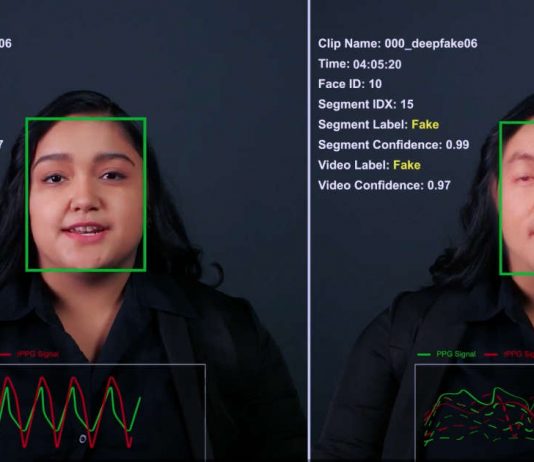Deepfakes can be created in such quality that they can be mistaken for the real thing. There have been many instances of misinformation, rumours and fraud spreading online. In response to this situation, Intel announced that it had commercialized a deep fake detection technology, FakeCatcher, that can detect fake videos with 96% accuracy.
Detecting deepfake videos in real-time is difficult, but FakeCatcher claims to be able to return results in milliseconds.
Deepfakes use sophisticated techniques derived from machine learning and artificial intelligence to make celebrities and politicians appear to be doing or saying things they don’t do in a frightening way.
Existing technology uses deep learning to examine digital manipulation trails, so if a web user mistakenly believes a deepfake is real, it can take hours to correct the mistake.
On the other hand, FakeCatcher can detect deepfakes in real time by seeing what makes us human — the ‘blood’ in the pixels of a video. Using a series of sensors, FakeCatcher collects changes in the colour of veins that occur when the heart pumps blood from faces in videos, creating Spatio-temporal maps. Then, machine learning algorithms use these maps to determine if the person in the frame is real.
It can prevent harmful deepfake videos from being uploaded to social media and artificially processed videos from being inadvertently spread by news organizations.


